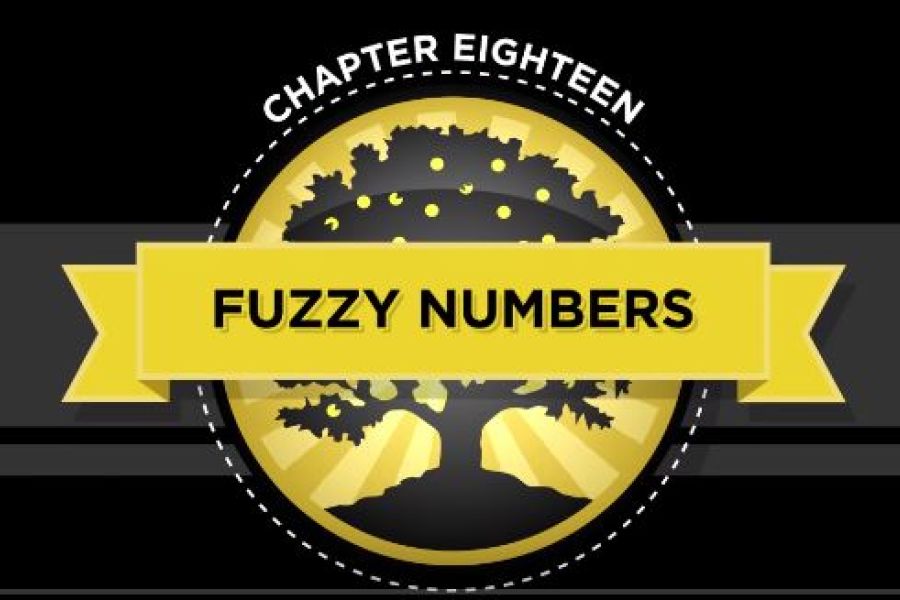For investors, fall is a good time to review year-to-date gains and losses. Not only can it help you assess your financial health, but it also can help you determine whether to buy or sell investments before year end to save taxes. This year, you also need to keep in mind the impact of the Tax Cuts and Jobs Act (TCJA). While the TCJA didn’t change long-term capital gains rates, it did change the tax brackets for long-term capital gains and qualified dividends. For 2018 through 2025, these brackets are no longer linked to the ordinary-income tax brackets for individuals. So, for example, you could be subject to the top long-term capital gains rate even if you aren’t subject to the top ordinary-income tax rate. Old rules For...

As posted to the David Stockman YouTube Channel on 9/15/18 (David Stockman starts at time marker 0:47) David Stockman is interviewed at the 2018 Sprott Natural Resource Symposium to discuss the great $20 Trillion elephant in the room which he explains is the Balance Sheets of all of the Central Banks of the world "in excess of what it probably should be in a rational, stable, historically prudent world". David Stockman is a former businessman and U.S. politician who served as a Republican U.S. Representative from the state of Michigan and as the Director of the Office of Management and Budget under President Ronald Reagan. He is the author of a number of books including "The Great Deformation: The Corruption of Capitalism in America" and, most recently, "Trumped!...
As posted to the GoldSilver YouTube Channel on 12/18/17 (explanation of documentary as appears on YouTube) Today, mankind stands at a crossroads, and the path that humanity chooses may have a greater impact on our freedom and prosperity than any event in history. In 2008 a new technology was introduced that is so important that its destiny, and the destiny of mankind are inextricably linked. It is so powerful that if captured and controlled, it could enslave all of humanity. But if allowed to remain free and flourish - it could foster unimaginable levels of peace and prosperity. It has the power to replace all financial systems globally, to supplant ninety percent of Wall St, and to provide some functions of government. It has no agenda. It's always fair...
Tax identity theft may seem like a problem only for individual taxpayers. But, according to the IRS, increasingly businesses are also becoming victims. And identity thieves have become more sophisticated, knowing filing practices, the tax code and the best ways to get valuable data. How it works In tax identity theft, a taxpayer’s identifying information (such as Social Security number) is used to fraudulently obtain a refund or commit other crimes. Business tax identity theft occurs when a criminal uses the identifying information of a business to obtain tax benefits or to enable individual tax identity theft schemes. For example, a thief could use an Employer Identification Number (EIN) to file a fraudulent business tax return and claim a refund. Or a fraudster may report income and withholding...
As posted on the Peak Prosperity.com and the Chris Martenson's Peak Prosperity YouTube Channel Background The Crash Course has provided millions of viewers with the context for the massive changes now underway, as economic growth as we've known it is ending due to depleting resources. But it also offers real hope. Those individuals who take informed action today, while we still have time, can lower their exposure to these coming trends -- and even discover a better way of life in the process. In this Blog, I am presenting the 27 (inclusive of the introduction) installments of The Crash Course, one per week. Previous installments of "The Crash Course" can be found here: Blog (#311) Introducing "The Crash Course" Blog (#314) Chapter 1: Three Beliefs Blog (#319) Chapter 2: "The Three 'Es'" Blog...
Does your business reimburse employees’ work-related travel expenses? If you do, you know that it can help you attract and retain employees. If you don’t, you might want to start, because changes under the Tax Cuts and Jobs Act (TCJA) make such reimbursements even more attractive to employees. Travel reimbursements also come with tax benefits, but only if you follow a method that passes muster with the IRS. The TCJA’s impact Before the TCJA, unreimbursed work-related travel expenses generally were deductible on an employee’s individual tax return (subject to a 50% limit for meals and entertainment) as a miscellaneous itemized deduction. However, many employees weren’t able to benefit from the deduction because either they didn’t itemize deductions or they didn’t have enough miscellaneous itemized expenses to exceed...
Property tax relief may be available for some Californians. The CA State Controller has announced applications are now available for the CA Property Tax Postponement program (previously suspended). The program allows eligible homeowners who are seniors or blind, or have a disability, to postpone property taxes on their primary residences. Funding is limited and applications will be processed in the order received, beginning 10/1/18. Participants must reapply and show eligibility each year. For details and an application, click here: https://bit.ly/2CUwLvn...
Do you own a vacation home? If you both rent it out and use it personally, you might save tax by taking steps to ensure it qualifies as a rental property this year. Vacation home expenses that qualify as rental property expenses aren’t subject to the Tax Cuts and Jobs Act’s (TCJA’s) new limit on the itemized deduction for state and local taxes (SALT) or the lower debt limit for the itemized mortgage interest deduction. Rental or personal property? If you rent out your vacation home for 15 days or more, what expenses you can deduct depends on how the home is classified for tax purposes, based on the amount of personal vs. rental use: Rental property. If you (or your immediate family) use the home for 14...
As posted on the Peak Prosperity.com and the Chris Martenson's Peak Prosperity YouTube Channel Background The Crash Course has provided millions of viewers with the context for the massive changes now underway, as economic growth as we've known it is ending due to depleting resources. But it also offers real hope. Those individuals who take informed action today, while we still have time, can lower their exposure to these coming trends -- and even discover a better way of life in the process. In this Blog, I am presenting the 27 (inclusive of the introduction) installments of The Crash Course, one per week. Previous installments of "The Crash Course" can be found here: Blog (#311) Introducing "The Crash Course" Blog (#314) Chapter 1: Three Beliefs Blog (#319) Chapter 2: "The Three 'Es'" Blog...
- 1
- 2
- 3
- 4
- 5
- 6
- 7
- 8
- 9
- 10
- 11
- 12
- 13
- 14
- 15
- 16
- 17
- 18
- 19
- 20
- 21
- 22
- 23
- 24
- 25
- 26
- 27
- 28
- 29
- 30
- 31
- 32
- 33
- 34
- 35
- 36
- 37
- 38
- 39
- 40
- 41
- 42
- 43
- 44
- 45
- 46
- 47
- 48
- 49
- 50
- 51
- 52
- 53
- 54
- 55
- 56
- 57
- 58
- 59
- 60
- 61
- 62
- 63
- 64
- 65
- 66
- 67
- 68
- 69
- 70
- 71
- 72
- 73
- 74
- 75
- 76
- 77
- 78
- 79
- 80
- 81
- 82
- 83
- 84
- 85
- 86
- 87
- 88
- 89
- 90
- 91
- 92
- 93
- 94
- 95
- 96
- 97
- 98
- 99
- 100
- 101
- 102
- 103
- 104
- 105
- 106
- 107
- 108
- 109
- 110
- 111
- 112
- 113
- 114
- 115
- 116
- 117
- 118
- 119
- 120
- 121
- 122
- 123
- 124
- 125
- 126
- 127
- 128
- 129
- 130
- 131
- 132
- 133
- 134
- 135
- 136
- 137
- 138
- 139
- 140
- 141
- 142
- 143
- 144
- 145
- 146
- 147
- 148
- 149
- 150











